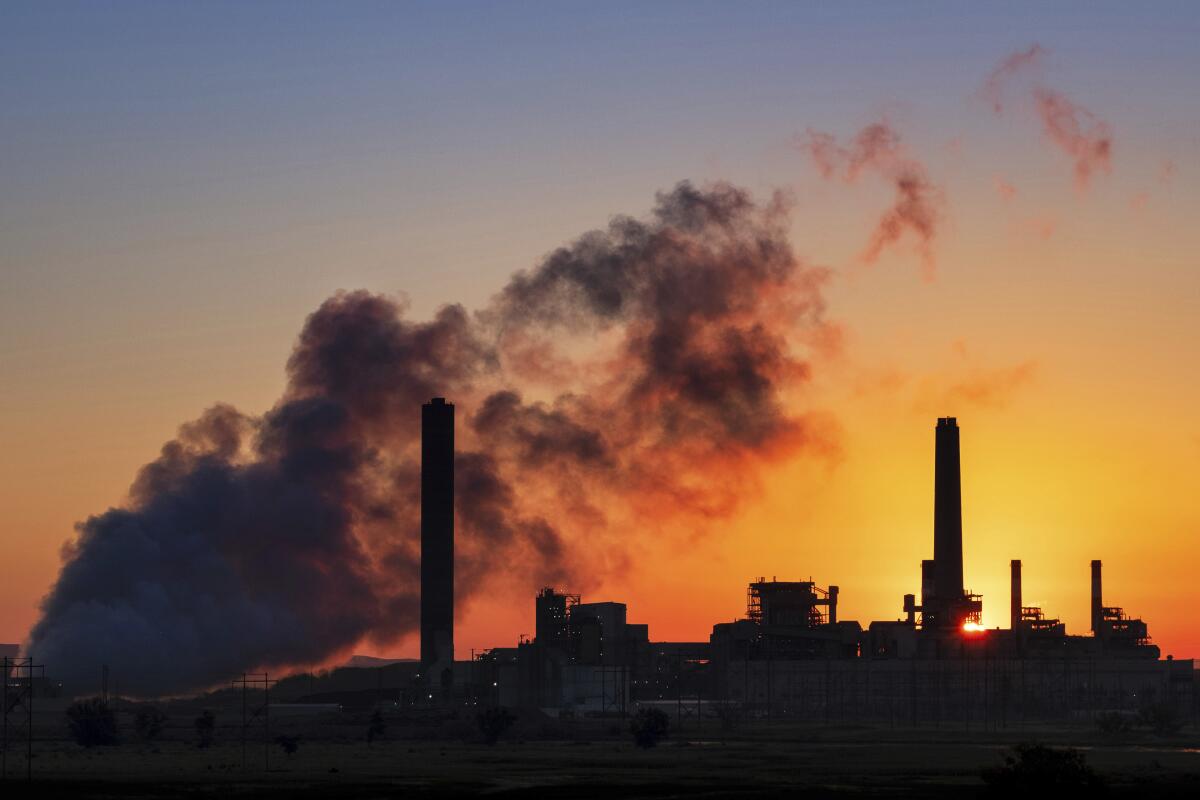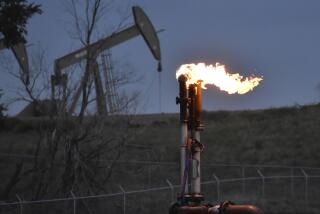U.S. power emissions set to surge the most in more than 30 years

Greenhouse gas emissions from the U.S. energy industry are on track to surge the most in more than three decades as utilities increasingly turn to coal to power the economic recovery from the COVID-19 pandemic.
Carbon emissions will swell 7% this year to 4.89 billion metric tons, according to government data released Tuesday, the biggest increase since at least 1990. Coal’s share of the U.S. power mix will increase to 23%, up from 20% last year, as high natural gas prices prompt utilities to burn more of the dirtiest fossil fuel.
The report follows a landmark United Nations paper Monday warning that without drastic efforts to curb carbon emissions, the planet is on track to warm by 1.5 degrees Celsius (2.7 degrees Fahrenheit) over the next two decades, triggering catastrophic shifts in global weather patterns.
A handful of utilities continue to operate coal plants with no plans to shut them down, defying economic and political headwinds.
Despite the significant increase in emissions, they won’t be back to pre-pandemic levels. That’s because they took a massive 11% dive in 2020 when the virus left offices and factories closed. The Energy Department in January predicted that emissions this year would rebound just 4.7%.
Burning coal will account for 21% of the energy-related emissions this year, compared with 19% last year. Transportation was the biggest source of greenhouse gases in the U.S. in 2019, closely followed by energy production.
Coal is getting a price boost around the world because of the global economy’s recovery and ensuing increase in power consumption. U.S. exports are rising as a result, and miners are ramping up production. Coal output in the U.S. is expected to climb 13% in 2021 as demand grows in both domestic and international markets.
More to Read
Inside the business of entertainment
The Wide Shot brings you news, analysis and insights on everything from streaming wars to production — and what it all means for the future.
You may occasionally receive promotional content from the Los Angeles Times.










